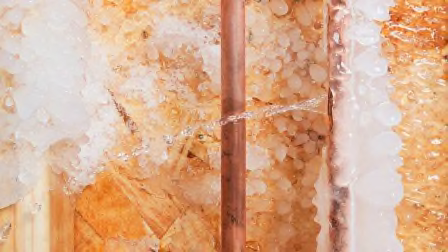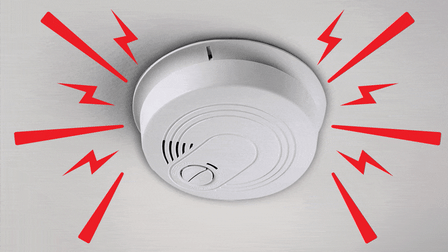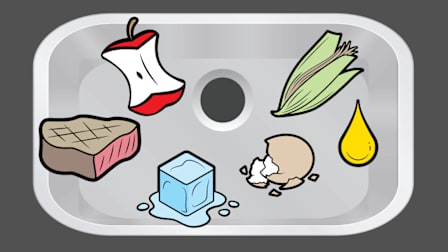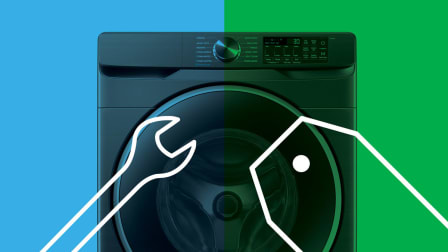How to Prevent Ice Dams From Damaging Your Home
Fall is the time to take action, before ice dams form

If your shingle roof develops an unexpected leak this winter, ice dams may be the culprit. These ridges of ice can form at the edge of a roof and prevent snowmelt from draining off as it should. Ice dams are often caused by a combination of clogged gutters and an uninsulated attic.
The heat of the sun and any warm air escaping through your roof will melt snow on the upper parts of the roof. Because an ice dam sits over the unheated eaves, it doesn’t melt as fast as the snow higher up on the roof. Melted water pools above the dam and, over time, can back up under the roof shingles and seep through the sheathing and into your house. The problem becomes worse with clogged gutters because the melting water has even fewer places to escape. In addition to leaving you with water damage, ice dams can rip off gutters entirely and damage the roof itself.
How to Treat Ice Dams
If you see water starting to pool on your floors or windowsills or leak from the ceiling, head outside and look at your roof. If you see ridges of ice below piles of snow, an ice dam may be the reason for the leaks.
If You Need a New Roof
See our review of the best roofing shingles and our full roofing ratings and buying guide.
How to Prevent Ice Dam Damage
Once the weather warms up, you can take corrective action for next season. Even if a roofing contractor removes an ice dam over the winter, they’re really only addressing a symptom, not the cause of your problem.
According to roofing experts, the best way to handle ice dams is to ventilate your attic and insulate between it and the living spaces of the house. This will minimize the temperature differential between the outside air and the air in your attic, which can cause dams to form. You may want to consult a weatherization contractor, who can help you find the areas of greatest heat loss and recommend how to fix them.
The Department of Energy offers step-by-step instructions for do-it-yourselfers. But if your house has a history of ice dams, or if you have ducts or recessed lighting fixtures that extend through the ceiling into the attic, you may want to leave the job to the pros.




















